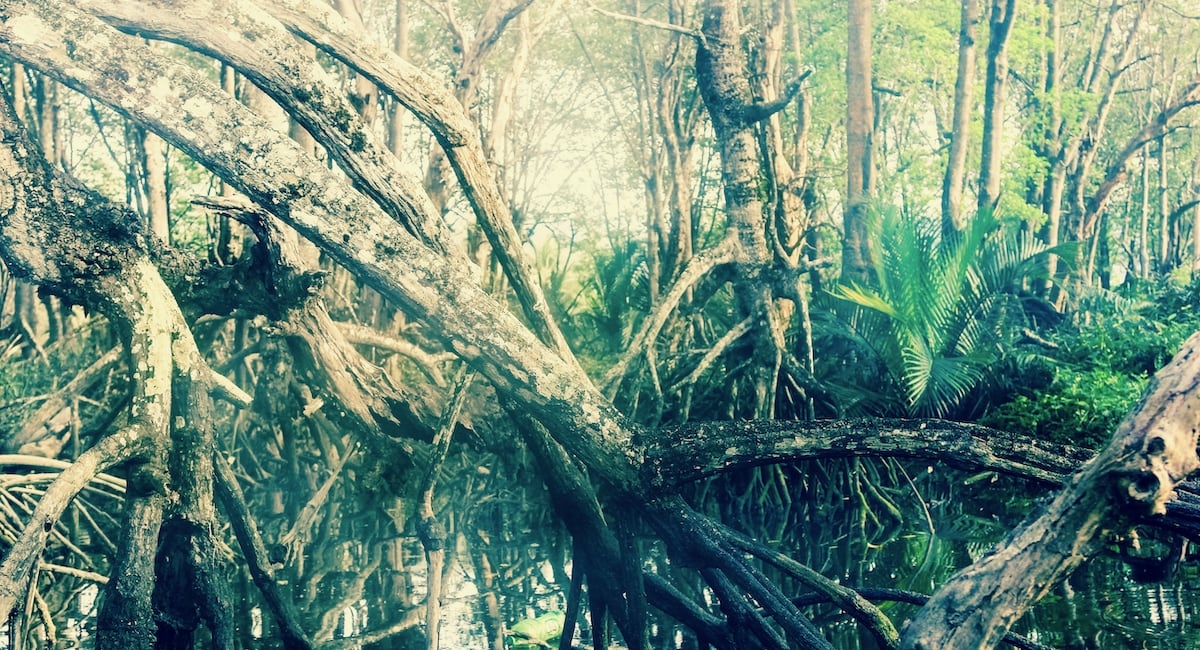How To Choose Which Conservation Charity To Support (with your hard earned cash)
If you want to support conservation, I think that there’s two main ways to do it (A bit of a generalisation, but go with it).
The first, which is the angle I come from, is to go out and ‘DO’ conservation work. We’ll call this the ‘soft option’, because it’s kind of fun, looks pretty cool, and it’s populated by a lot of folks who can’t hack office jobs. It gets some results, too, but lots of time and effort is often spent asking for money.
The second, which I’m probably too risk averse to attempt, is to build a (sustainable) global business, make lots and lots and LOTS of money, and then give it effectively to conservation charities. We’ll call this the ‘hard option’, because it’s really really hard, but also in my humble opinion, sounds less fun.
It is however, hugely worthwhile, because in that position as an individual you are probably much more likely to influence global conservation for the better. You can invest in the environment, channel funds towards worthwhile projects, and you’ll probably be a well known figure so you could raise the profile of conservation too. (It also works if you want to become a politician or similar, and can help divert lots and lots of money to conservation).
Which Would I Choose?
The soft option is what my heart wants to do; the hard option is what I sometimes feel I ought to be doing (or trying to do).
You could of course do both, but individuals that achieve that are rare, and if you have vast sums of money then ‘doing’ is normally done (justifiably) for the publicity.
So how do you choose?

The Middle Ground: Giving (lots of small amounts) to charity
Actually, there’s a patch of middle ground in the form of the millions of people around the world that give small amounts of money to conservation charities every year.
“Individual donors give over 100 times as much every year as the Gates Foundation and over 5 times as much as all foundations combined.” – Givewell
So ordinary individual charity donors can make a difference; but how do you choose who or what to donate to? There are lots of charities, and many great causes, but in conservation, where will your money do the most good!?

Things I Look For In A Good Conservation Charity
These are a few of the things I look for in charities, but of course, this is just my perspective.
- Small is beautiful – I would generally prefer to donate to a smaller charity, because like many others, I would feel that my small donation might have a greater positive impact. But saying that, I see the role of big organizations like WWF, RSPB and Birdlife as indispensable. So I wouldn’t discourage donations to them either, but I hope they continue to be successful in securing large corporate and philanthropic investments.
- Tackling issues at the root – I generally avoid organizations that are simply addressing the symptoms of a conservation issue. Animal sanctuaries for example, are an emotive issue, and I’m sure supporting them makes people feel wonderful. Yet simply caring from animals does nothing to prevent the habitat loss that causes the suffering in the first place. If you don’t address the cause, then the symptoms of the problem will continue and grow.
- Capacity Building – For me, it’s very important that conservation charities build capacity to continue their work in-country. This might be by educating young people, training conservationists or a variety of other approaches. This way, if the project suddenly stops, there is hope that the work might be able to continue under it’s own steam in the future.
- Prioritising EDGE species – Evolutionarily Distinct and Globally Endangered (EDGE) is a ZSL based project identifying species that are both unique (distantly related to all other species) and severely endangered. These are species, that if they disappear, seem to represent the greatest loss to biodiversity (there’s a nice video about it here). Conservation has many great causes and limited funds, so I’m particularly fond of projects supporting EDGE species.
- Simplicity – I spend a lot of my time working in research, I’m excited about new technologies and new approaches to conservation that might just be a game changer. But when it comes to supporting charities, there are some simple activities that we know work really very well – and we don’t do enough. I’m talking about planting trees, I have a real soft spot for tree planting charities!

Research on Charity Effectiveness
There’s a surprising amount of research out there on charity effectiveness. That is working out which charities do the most good with the money you give them.
It’s not as simple as working out which charities are the most efficient, or cost effective. For many there are limits to how much funding they can put to use in certain situations, they rely on infrastructure, and charities often pursue different approaches to different problems.
It’s a complicated topic, here are a few of the organisations collating the research:
Givewell – Real Change For Your Dollar
Charity Navigator – Your Guide To Intelligent Giving
Unfortunately, conservation organisations are rather poorly represented, at least so far. Hopefully, that is something that will improve in the future.
Encouraging NGOs to Evaluate Their Goals and Progress
Evaluating your work is standard in almost any kind of business, and so it should of course be in charities too. A project called Charting Impact has been asking non-profits five deceptively simple questions, and has then publishes them.
- What is your organization aiming to accomplish?
- What are your strategies for making this happen?
- What are your organization’s capabilities for doing this?
- How will your organization know if you are making progress?
- What have and haven’t you accomplished so far?
You can search for organisations that you’re interested in here. Some of them are a bit wordy, so another good question might be how to sum up your work in five sentences!
What You have To Say About Choosing Charities
I also put it out there on Twitter and Facebook to see what you think. Here are some of the responses…
@James_Borrell I would choose small charities that work on a community level. I do not give to large NGO's.
— Stephen Le Quesne (@slequesne) June 22, 2015
@James_Borrell ask 3 questions: what’s your target for 2015; how are you going to get there; and how will you measure your impact?
— Alasdair Harris (@aarhh) June 22, 2015
@James_Borrell @aarhh See how much money actually goes to programs vs. administration. I like to go here: http://t.co/vp3IEDZHKU
— Dr. Michelle LaRue (@drmichellelarue) June 22, 2015
Divestment: A Powerful Way To Support The Environment?
This article wouldn’t be complete without a mention for the growing divestment movement. Donating to charity is just one side of the coin, whilst removing money from harmful organisations is the other.
Whilst arguably a few pounds or dollars a month to your selected cause is great, moving your pension or savings might have a much more substantial effect!
Divestment is still hotly debated (I’ve written about it, here), so this is something to watch!

More Links:
How good is that environmental nonprofit, anyway?
Making Your Donations Count: 5 simple guidelines for selecting conservation organizations to support
Charitable giving is often driven by personal taste, not perceived need
Top 12 Environmental Organizations Who Use Their Donations Well
Any advice to add?


